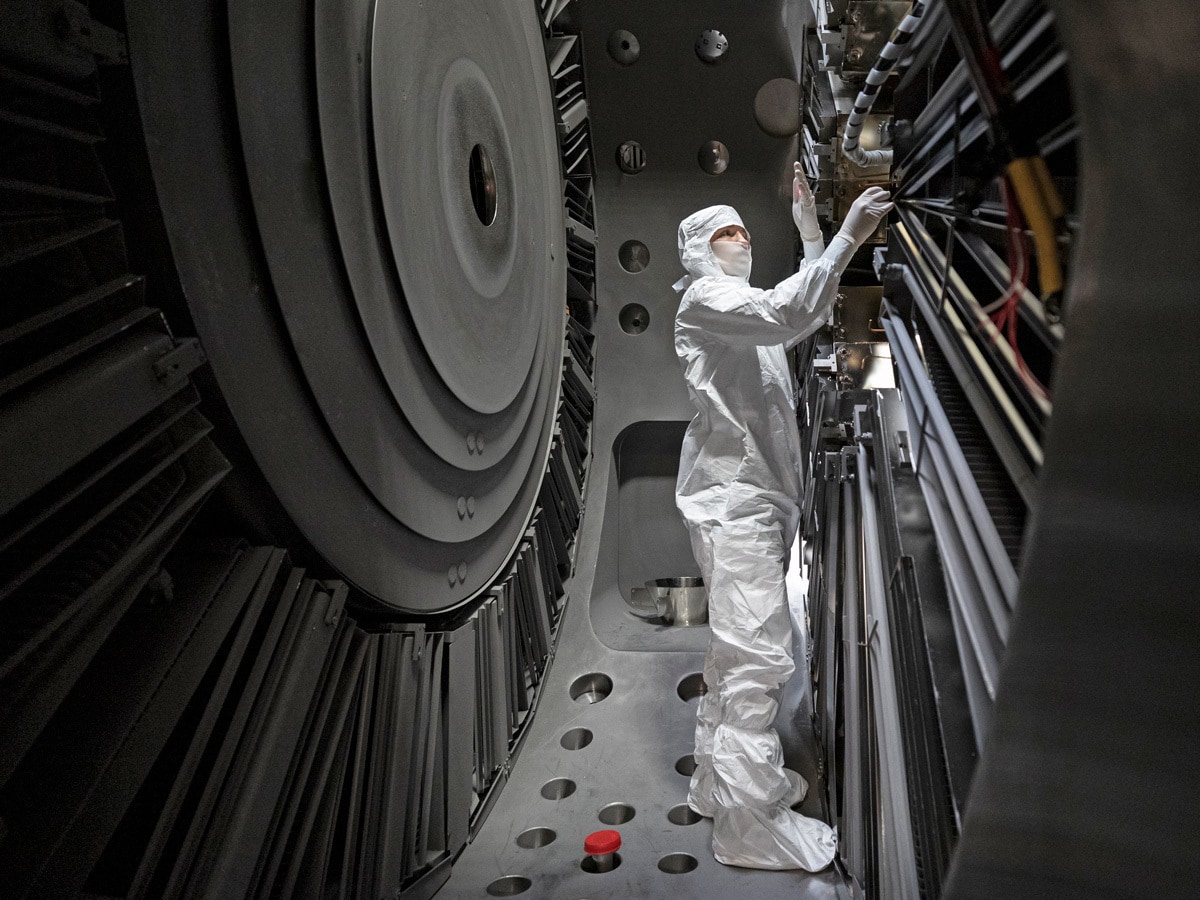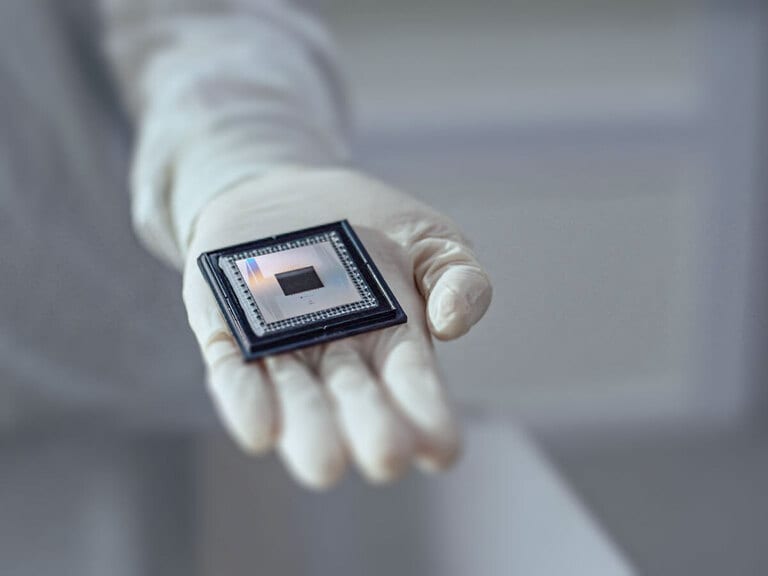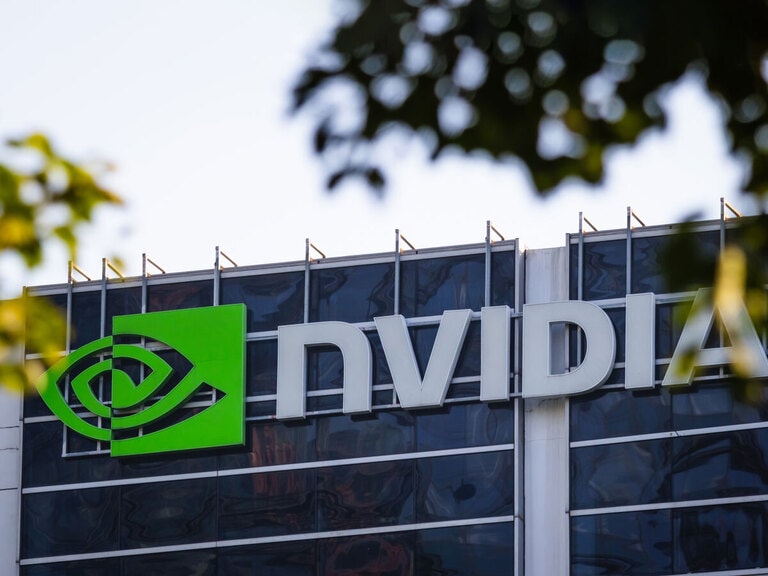A breakthrough in nuclear fusion technology has opened the door to a revolution of the global power grid. Although it is some way from commercial production, this development is already invigorating the clean energy sector. What does it mean for nuclear fusion investment?
- A scientific breakthrough in nuclear fusion unlocks vast potential for clean energy.
- Alphabet invested in nuclear fusion startup TAE Technologies (pictured above) in July.
- Following the announcement on Tuesday, Alphabet’s share price opened 4.9% higher.
- The Global X Uranium ETF offers exposure to stocks related to the nuclear energy industry.
The US Department of Energy announced on Tuesday that the National Ignition Facility in California had made a major breakthrough in nuclear fusion energy. This development resulted in a jump in the share price of major investors in nuclear fusion, among them Alphabet [GOOGL].
Nuclear fusion involves smashing together light elements such as helium, a process which produces huge amounts of energy. However, since research in the field began in the 1950s, scientists had never been able to produce ignition, or positive energy gain — in other words, to generate more energy than was used to power the process — until now.
The discovery unlocks the potential for a near-limitless, safe, clean and carbon-free energy source that does not produce radioactive waste, unlike other nuclear reactions.
Companies that have invested in clean energy innovation stand to benefit from this development, as it signals enormous long-haul potential for growth in the sector. Alphabet Inc. and Chevron [CVX] were among investors in a $250m funding round for nuclear fusion startup TAE Technologies in July, contributing to building its next research reactor. The Google parent company's share price opened 4.9% higher on Tuesday following the new scientific advance.
Clean energy’s longer-term potential
This latest breakthrough is only a first step towards cleaner energy development. There is still some way to go before it becomes commercially viable, meaning an actual power transition to sustainable electricity would be years down the line, said Riccardo Betti, a professor at the University of Rochester and laser fusion expert.
In this light, it should not be taken as a solution to the current climate crisis, which is urgent and immediate. Nevertheless, the breakthrough undoubtedly demonstrates the longer-term potential of the clean energy sector. “The fusion breakthrough will go down in history,” US Secretary of Energy Jennifer Granholm said during a press conference.
Funds in focus: Global X Uranium ETF
The development is unlikely to affect the medium-term investment outlook for uranium stocks and ETFs, given that it represents a long-term opportunity and will only begin to directly reflect on the stock market once the technology is closer to becoming commercialised. The Global X Uranium ETF [URA] plateaued last month and was down 17.71% year-to-date. Nexgen Energy Ltd. [NXE.TO], Paladin Energy Ltd. [PDN.AX] and Uranium Energy Corp. [UEC] are among the fund’s top ten holdings.
The nuclear fusion industry is gradually being integrated into the grid, with private investors pouring a record $3.4bn into it last year, according to Pitchbook. But while the industry matures, with key players yet to go public, the larger listed companies backing them stand to benefit. The iShares Expanded Tech Sector ETF [IGM] offers exposure to the world’s largest tech holdings, including Alphabet. The fund is down 31.21% year-to-date but has picked up from low points in October and November.
Continue reading for FREE
- Includes free newsletter updates, unsubscribe anytime. Privacy policy





